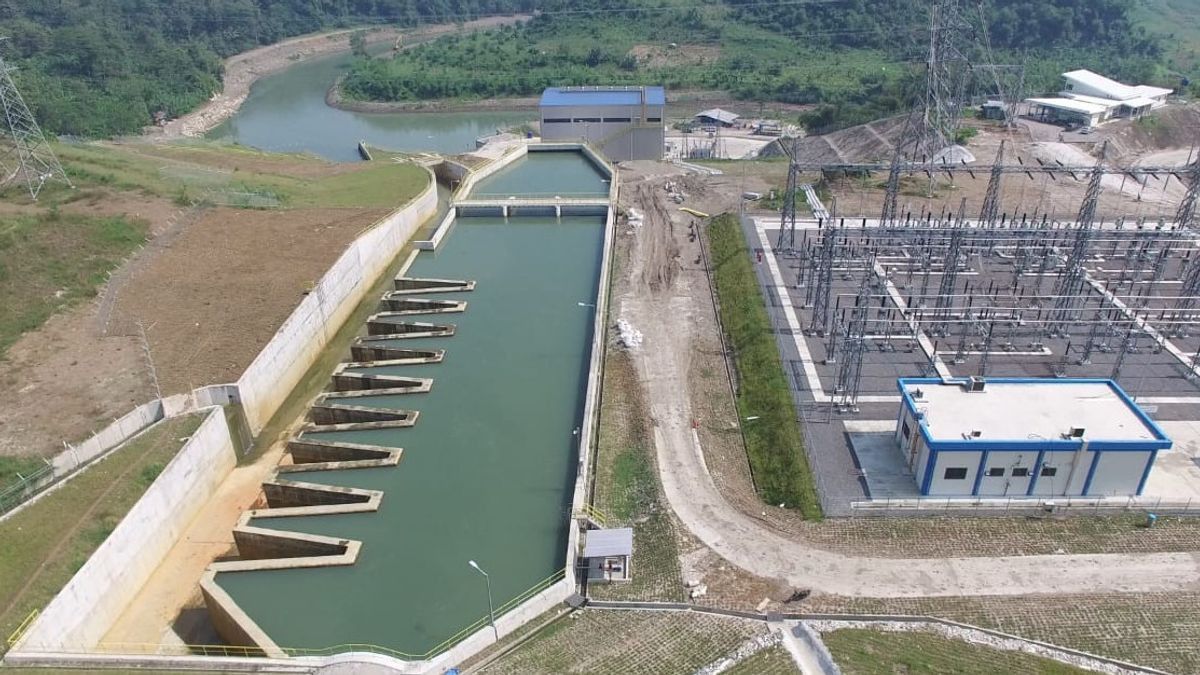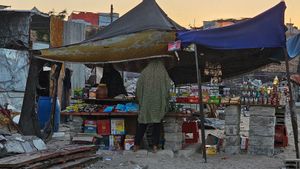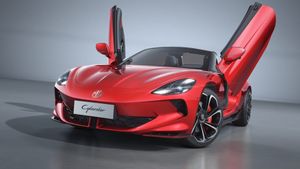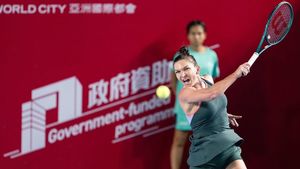JAKARTA - The achievement of the target of this year's primary energy mix is expected to decline from the previous year. However, in 2023, the growth in renewable energy will accelerate.
One of the factors is the presence of international support, improvement and improvement of regulations related to incentives and the process of procuring renewable energy, as well as the existence of project pipelines that are ready to be developed.
The projection is contained in the 2023 Indonesia Energy Transition Outlook (IETO) released by the Institute for Essential Services Reform (IESR) with the support of the Bloomberg Philanthropies. This report monitors, analyzes, and projects the development of the energy transition in Indonesia.
The IETO report found that the share of renewable energy in Indonesia's primary energy mix decreased from 11.5 percent in 2021 to 10.4 percent in 2022. This is because the coal share increased to an all-time high of 43 percent, making the 23 percent target in 2025 difficult to achieve if the government does not immediately strengthen its political commitment to developing renewable energy.
"There is a difference in contrast between ambition and realization of renewable energy development. There is a commitment to accelerate the use of renewable energy, but there are still differences in perceptions and priorities of various policy makers regarding how the transition process is carried out," said IESR Executive Director Fabby Tumiwa in his statement, Friday, December 16.
Fabby explained, this can be seen in the decision to abolish the in tariff feed at Presidential Decree 112/2022 and the rejection of the power wheeling clause on the formulation of the EBET Bill, as well as the decision to maintain coal subsidies in the form of a Domestic Market Obligation (DMO) price. To carry out an effective energy transition, the government must have a unified position and set a target no-regrence.
IETO 2023 also highlighted the achievement of renewable energy investment which is still less than the target set by the government only reached 1.35 billion US dollars until Q3 2022, only 35 percent of this year's target of 3.97 billion US dollars.
According to IESR, the investment climate needs to be improved by increasing financial support for renewable energy developers, clearer procurement processes, clear tariff schemes, shorter and clearer licensing processes, reducing barriers to the entry of foreign investors, and increasing access to capital with lower interest rates.
In addition, the provision of wider space for renewable energy integration in Indonesia's energy system must be carried out immediately.
The thing that can be done to provide space for renewable energy penetration, apart from early retirement of PLTU, is to operate the PLTU flexibly. Technically, this operation will require changes within the main components of the PLTU. However, no less important, flexible operation will require flexibility in terms of electricity buying and selling agreements and fuel supply contracts," said Raditya Wiranegara, one of the main IETO writers, who is also a Senior IESR researcher.
According to the IEA, by making these contracts more luwes there will be a savings of 5 percent of the total operating costs for a year or the equivalent of 0.8 billion US dollars. Grid Codes must also be made in more detail. This is also absolutely necessary so that operators have flexible operating regulatory guidelines.
On the other hand, the transportation and industrial sectors are crucial for rapid decarbonization. In the transportation sector, there is an interesting trend in the increasing adoption of electric vehicles.
It can be seen from the number of two- and three-wheeled vehicles that rose almost five times from 5,748 units in 2021 to 25,782 units in 2022. However, this number is still far from the Nationally Determined Contributions (NDCs) target which sets 13 million two- and three-wheeled vehicles in 2030.
In order to increase the adoption of electric vehicles, the government needs to build an electric vehicle ecosystem, including building adequate charging infrastructure, increasing consumer knowledge and awareness, and providing incentives or subsidies.
The government needs to encourage the creation of an energy transition ecosystem in all energy sectors, one of which is to create a level playing field between fossil energy and low-carbon & renewable energy technology alternatives. The first step that needs to be studied is how subsidies and current energy compensation can be diverted to provide incentives for the development of renewable energy and adoption of low-carbon technology and at the same time still help maintain the welfare of the community. An interesting example is the subsidy of purchasing electric motors, as an effort to divert fuel subsidies, "said IESR Energy Transformation Program Manager Deon Arinaldo.
The use of fossil energy in the industrial sector has contributed about 20 percent of Indonesia's total greenhouse gas (GHG) emissions in the energy sector. Increased efficiency in energy processes and efficiency as well as fuel replacement have been implemented by several energy-intensive industries to reduce emissions.
The implementation of CCUS can be an important short-term strategy in reducing process emissions in the cement, fertilizer and steel industries, but has not yet started. Industry sectors also need to develop alternative low-carbon technologies, such as electrolysis-based ammonia for fertilizers and hydrogen-based iron-electric arc furnace (DRI-EAF) direct reduction processes for iron generation. Currently, the development of low-carbon technology in the industrial sector is largely still in the early stages of the MoU and the agreement of joint studies, "explained Raditya.
IESR encourages the government to achieve a 100 percent renewable energy mix in the primary energy mix in 2050 and the renewable energy mix of more than 40 percent in the electricity sector by 2030. If the government can take advantage of the opportunities and support mentioned above, then the attractiveness and mix of renewable energy will definitely increase.
Terbit sejak 2017 dengan Indonesia Clean Energy Outlook (ICEO) yang kemudian berubah menjadi Indonesia Energy Transitition Outlook (IETO) di 2019. Selain IETO 2023 yang telah memasuki edisi keenam, IESR juga menerbitkan secara terpisah. Indonesia Sustainable Finance Outlook atau ISFO dan Indonesia Solar Energy Outlook atau ISEO pada 2022. Sementara laporan Indonesia Electric Vehicle Outlook atau IEVO akan diterbitkan pada awal tahun 2023.
The English, Chinese, Japanese, Arabic, and French versions are automatically generated by the AI. So there may still be inaccuracies in translating, please always see Indonesian as our main language. (system supported by DigitalSiber.id)













